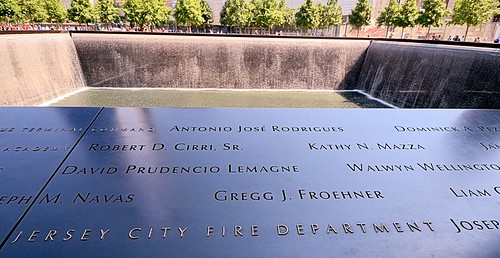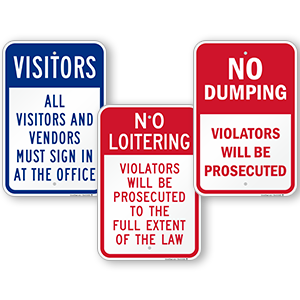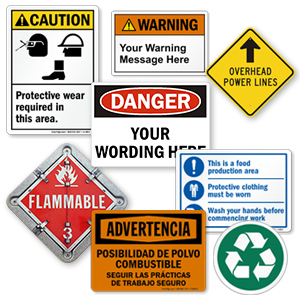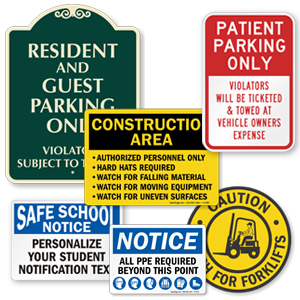3 unforgettable memorials
Memorials remind us of “some larger human value that transcends the petty parts of our day-to-day lives,” says Paul DePrey, superintendent of the World War II Valor in the Pacific National Monument at Pearl Harbor. “The people who are memorialized are the unlucky ones,” he continues. “They died without choice. Those of us who live on have a responsibility to ensure that the reasons for those deaths are not swept under the rug of inconvenient history.”
These three unforgettable memorials honor civilians and the military, across historical eras.
The New England Holocaust Memorial was completed in 1995, as part of an effort by a group of concentration camp survivors who settled in Boston. The memorial design’s use of symbols associated with the holocaust makes an especially powerful statement.
The memorial is composed of six luminous glass towers, 54 feet high. Each tower stands over a dark chamber which bears the name of a prominent Nazi concentration camp– Majdanek, Chelmno, Sobibor, Treblinka, Belzec, and Auschwitz-Birkenau. Along the bottom of the towers are quotes from those who lived in these camps.
At the bottom of the dark chambers are pits covered by grates. Smoldering coals in these pits produce steam that passes through the grates, rising all the way up to the towers. These coals illuminate the name of the death camp the tower represents. Stanley Saiwoitz, the architect of the monument says that the steam is “like human breath as it passes through the glass chimneys to heaven.”
Six million numbers etched onto the glass remind visitors of the registration numbers of Jews who were taken to concentration camps and killed there. Visitors will see the word “Remember” (in both English and Yiddish) carved in the pathway at the beginning of the towers and again at the end. Saiwoitz says that he hopes visitors come away with “a sense of hope that survival and the building of this memorial make possible.”
2. The Tomb of the Unknowns, Arlington National Cemetery, VA
This memorial, also known as the Tomb of the Unknown Soldier, sits on top of a hill overlooking Washington D.C. It is dedicated to American soldiers who died without being identified.
On March 4, 1921, the US Congress sanctioned the burial of an unidentified American soldier from World War I in plaza of the new Memorial Amphitheater. In November of that year, a white marble sarcophagus was placed above his grave.
President Harding officiated at the interment of the unknown soldier. The soldier was awarded the Victoria Cross by Admiral of the Fleet Lord Beatty, on behalf of King George V of the UK. Earlier, the unknown soldier was awarded the US Medal of Honor by John Pershing, General of the Armies.
Sculpted in the sarcophagus’s panel facing Washington D.C. are three Greek figures symbolizing peace, valor, and victory. On each of the two side panels, three sculpted wreaths represent World War I’s six major campaigns- Ardennes, Belleau Wood, Château-Thierry, Meusse-Argonne, Oisiu-Eiseu, and Somme.
On the tomb’s back these words are inscribed: “Here rests in honored glory an American soldier known but to God.”
To the west of the sarcophagus are tombs of unknowns from World War II, the Korean War, and the Vietnam War. These soldiers have also been awarded the US Medal of Honor.
The tomb is guarded at all hours by a tomb guard, a post occupied by soldiers of the US Army’s 3rd Infantry Regiment. When watching over the graves, the guard does not wear insignia. This is to signify that he does not outrank the Unknowns, whatever their rank may have been.

Names of the 9/11 victims. Image by John Mac 2011 UK.
3. National 9/11 Memorial, World Trade Center site, New York City
“When you step on the memorial on the eight acres where the towers once stood, there are eight other acres where other buildings are being built,” says Joe Daniels, the memorial president. “There is rebirth and moving forward.”
The memorial features the largest man-made US waterfall and an acre-sized reflecting pool in each of the original twin towers’ footprints. “I imagined myself and other people coming and looking at the void created by the collapse of the towers,” explains architect Michael Arad. “They can watch water flow into this emptiness, but the void will not be filled.”
Trees — 400 of them — create a spirit of hope. The names of the almost 3,000 people who perished in the attack are inscribed on bronze parapets around the pools. Visitors can look at the water through the stencil cut names and can take paper impressions of them. At night, light shines through the spaces created by the names.
“What we’ve built here is the architectural equivalent of a moment of silence,” says Arad, who won the World Trade Center Site Memorial competition. As 9/11 “was a shared global moment, there is a natural and strong desire to come to where those events took place,” says Daniels. The fact that future generations won’t have this memory makes the memorial administration’s job that much more important.
“It’s our responsibility to make people understand what happened on this site, not just the tragic parts, but the coming together aspects. That goes to the second prong of our mission: building a museum that will deeply explore 9/11 — a place where people can come and learn,” Daniels says.













